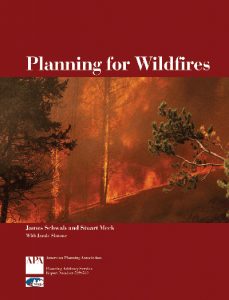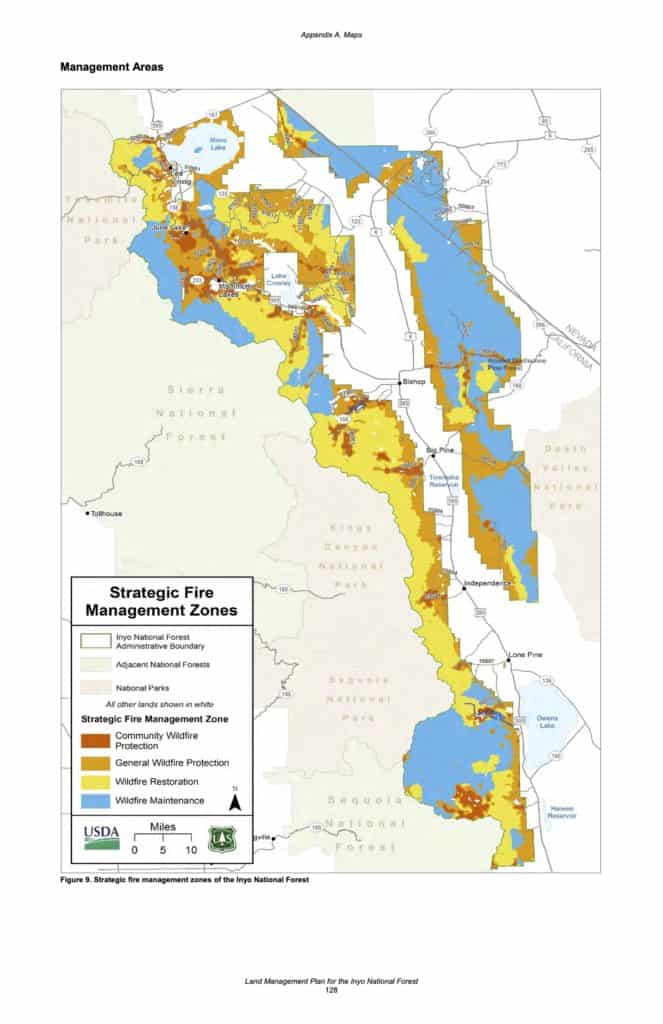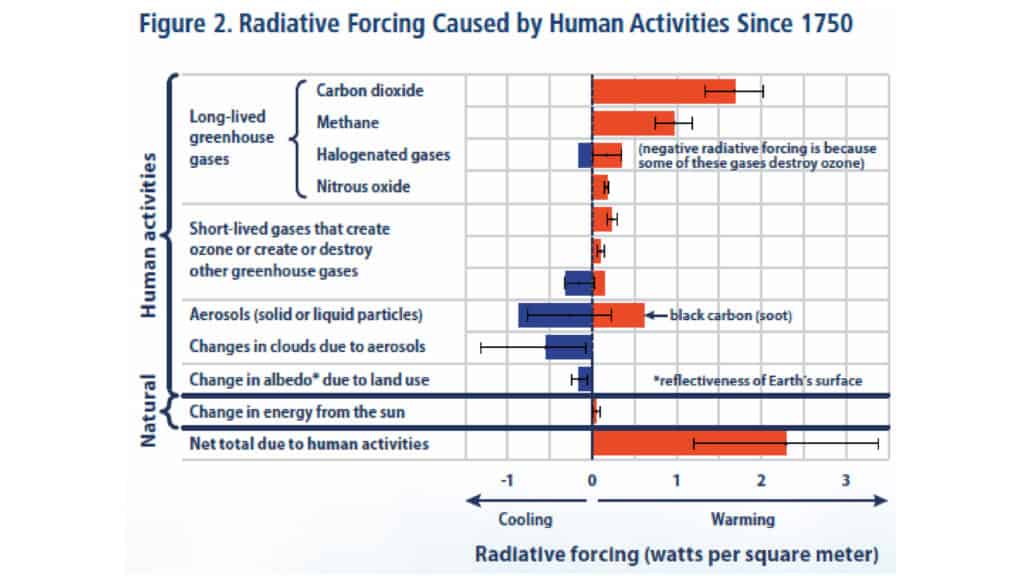An interesting observation from the Washington Post. As investors become more enlightened about the financial risks caused by climate change they are starting to hold corporations accountable. That includes their operations on public lands – and litigation is part of the risk.
A dozen-and-a-half senators wrote letters to 11 of the largest U.S. banks asking them to back down from financing any oil and gas activity in an unspoiled expanse of Arctic wilderness.
“The scale of your banks’ assets individually, let alone together, give you the ability to drive change in protecting the Arctic National Wildlife Refuge and in shifting towards a U.S. financial sector that effectively analyzes and plans for climate risks,” the group of a senators, led by Sen. Martin Heinrich (D-N.M.), told Wells Fargo, Bank of America, Citigroup, Morgan Stanley, JPMorgan Chase and six other banks in a letter sent last Thursday.
Democrats hope these banks follow the lead of one key peer: In December, Goldman Sachs said it is ruling out financing new drilling or oil exploration in the entire Arctic.
The world’s largest asset management firm, BlackRock, said last month it would divest from coal burned in power plants and make climate change a “defining factor” of its investing strategy.
And just last week, a group of investors representing nearly $113 billion in assets under management issued a similar letter to energy, mining and timber companies. Their warning: Don’t invest in certain federally controlled areas once protected but now open to development by the Trump administration.
These areas include not only the oil-rich Arctic refuge but also Alaska’s Tongass National Forest, the largest intact temperate rainforest where the U.S. Forest Service wants to allow new logging, (discussed here) and Minnesota’s Boundary Waters Canoe Area Wilderness (the Twin Metals mine litigation is discussed here), a popular lake-pocked forest near where the administration wants to allow a copper and nickel mining operation.
The institutional investors, which include several religious funds as well as a fund established by the late oil heir David Rockefeller, warned companies that many of the administration’s rollbacks of public land protections are legally precarious, and may be struck down by the courts or the next presidential administration. The letter went out to ExxonMobil, the timber company Weyerhaeuser and 56 other firms, according to Reuters.
“Many of these projects are mired in litigation,” the letter stated, “challenging the legality of any current or future industrial activity initiated in these regions and providing evidence of the risks associated with conducting commercial development on lands that the American public has deemed valuable for protection.”
The institutional investor letter also mentioned other areas, including protected sage grouse habitat (litigation discussed here) and the national monuments that have been reduced in size by the Trump Administration that are also under litigation (discussed here). Here’s the latest on that.








 Copyright: Photowitch | Dreamstime.com
Copyright: Photowitch | Dreamstime.com